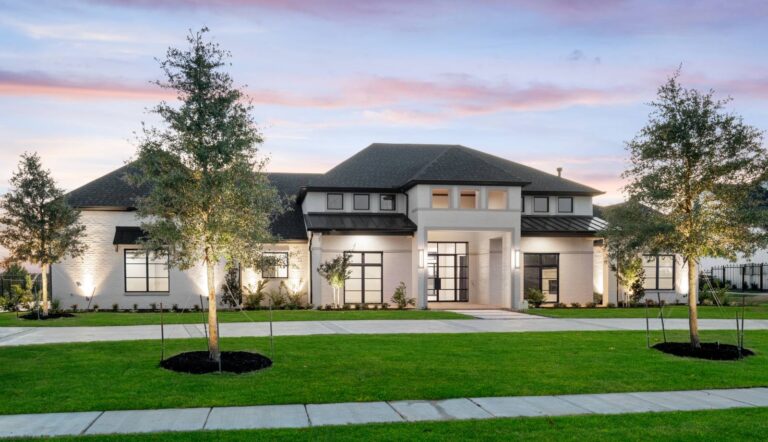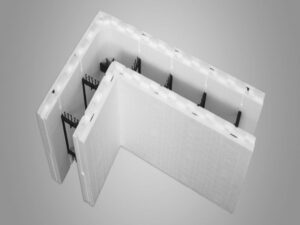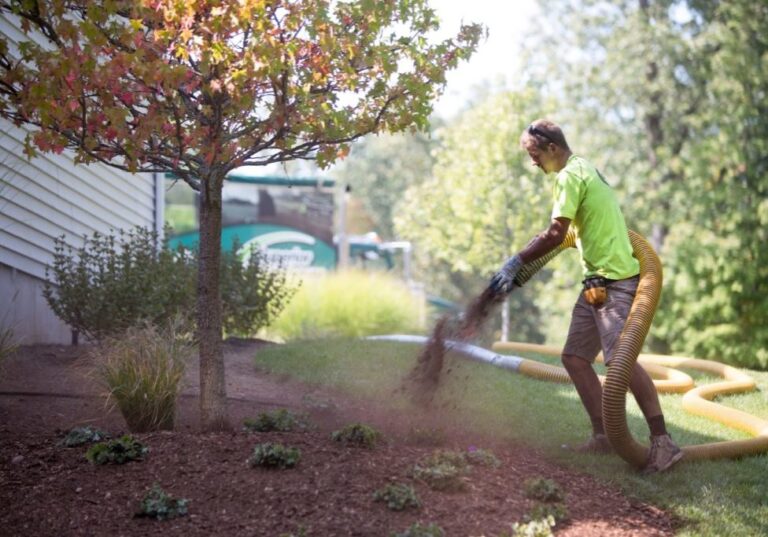Landscaping isn’t just about upgrading the excellence of outside spaces yet additionally assumes a critical part in further developing energy productivity, both in private and business settings. Insightfully arranged landscapes can assist with lessening energy utilization for warming and cooling, adding to ecological manageability and cost investment funds. Discover the best landscapers in Victoria BC known for their expertise, creativity, and dedication to creating picturesque outdoor environments that exceed expectations.
-
Shade and Cooling Effects
Vital situation of trees, bushes, and other vegetation can give normal shade to structures during blistering climate. Trees with thick foliage situated on the southern and western sides of a property can hinder direct daylight and diminish sun oriented heat gain through windows and rooftops. This concealing impact assists with bringing down indoor temperatures, accordingly diminishing the requirement for cooling and diminishing cooling costs.

-
Windbreaks and Protection
Planting windbreaks, like thick columns of trees or bushes, can act as viable obstructions against cold breezes in winter. Windbreaks assist with lessening heat misfortune from structures and outside spaces, going about as normal protection. By limiting openness to crisp breezes, they can bring down warming demands and energy utilization during colder months.
-
Evapotranspiration and Cooling
Yards and other green spaces add to cooling through evapotranspiration, where plants discharge dampness out of sight. This regular cooling cycle can fundamentally bring down temperatures in the prompt area, making outside regions more comfortable during blistering climate. Therefore, less energy is expected for cooling, particularly in metropolitan regions where heat islands can fuel temperatures.
-
Intelligent Surfaces and Intensity Assimilation
Picking light-hued clearing materials and surfaces for hardscapes, like pathways and carports, can assist with reflecting daylight instead of engrossing intensity. This lessens the intensity island impact and limits the warming of encompassing regions. By keeping open air surfaces cooler, less intensity is moved to adjoining structures, along these lines bringing down cooling demands and energy utilization.
-
Water Highlights for Cooling Effects
Water highlights like lakes, wellsprings, or even decisively positioned water basins can add to cooling open air regions. The dissipation of water from these elements assists with cooling the encompassing air, making a reviving microclimate. Incorporating water components into landscaping improves stylish allure as well as gives regular cooling benefits that can diminish dependence on cooling.
In Conclusion, landscaping offers flexible answers for further developing energy proficiency in both private and business settings. Discover the best landscapers in Victoria BC recognized for their innovative designs, meticulous craftsmanship, and commitment to delivering stunning and functional outdoor spaces.
















